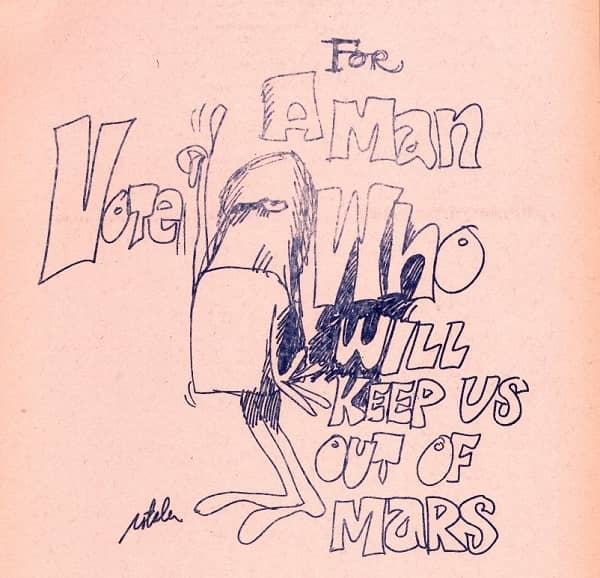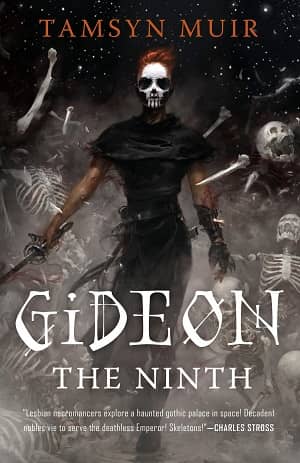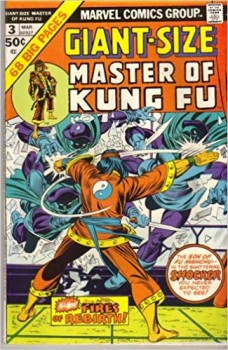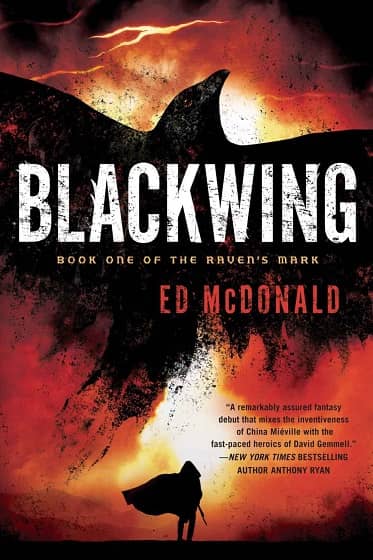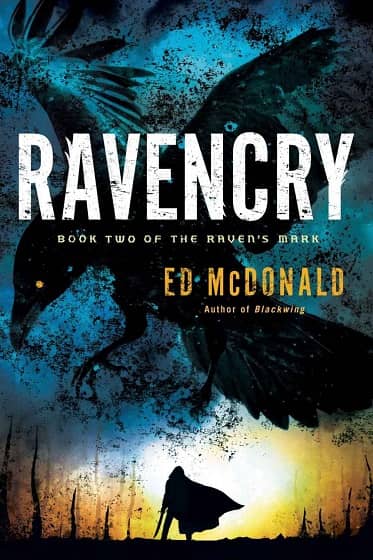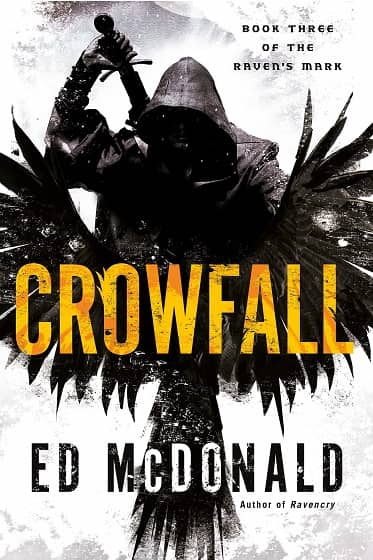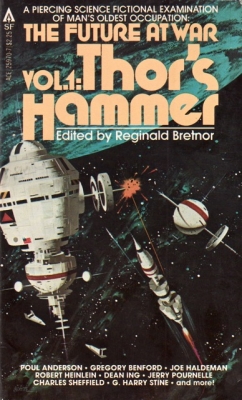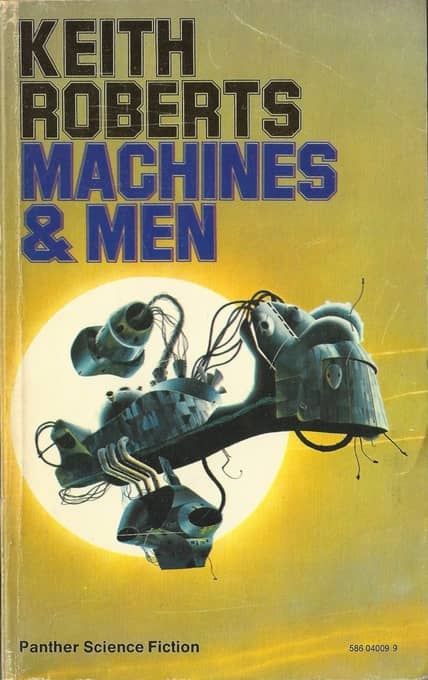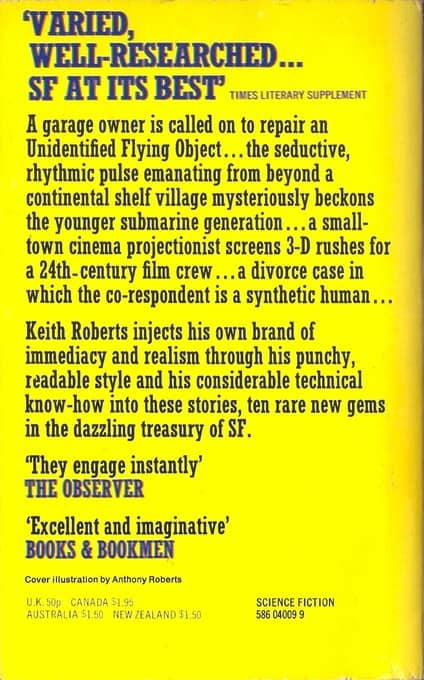Fantasia 2019, Day 1-2, Part 1: The Deeper You Dig
 Not long ago I acquired copies of two well-known anthologies: Dangerous Visions and Again, Dangerous Visions.
Not long ago I acquired copies of two well-known anthologies: Dangerous Visions and Again, Dangerous Visions.
(This post is not about the books. This post is the beginning of my coverage of the Fantasia International Film Festival, Montreal’s long-running three-week genre film festival, and is specifically about the first movie I saw there in 2019, an independent horror film called The Deeper You Dig. But it is useful to start with the anthologies, or the idea of the anthologies.)
I’ve yet to read deeply into the books. But I’d always wanted copies, because of the promise of the titles: the promise of art, of visions, that pose a danger to the audience. Stories that will do something to you if you read them. That will change you, in ways you might not understand, through a process you might beforehand perceive as a psychic danger. What I have come to realise is that the art that has meant the most to me has been the art that has changed me the most without my expecting it or being able to stop it. There’s a thrill in art that can rework you and refashion you into something else. It may be a danger, but without danger there is no real adventure.
It is perhaps accurate to say that one is changed by every kind of art, even by every experience one has. But it’s also true that there’s a specific kind of experience that art can give. The nature of this experience is difficult to articulate, but a change in the self that experiences the art is a part of it. In this way the influence of art is difficult to predict and difficult to trace in recorded history, yet is very real.
And this I think is why after several years, after learning much about film as artform and as industry, I’m still drawn to Fantasia. Not every film it shows is an aesthetic success. But many of them are. And many of them are the kind of works that can change you, in that most difficult to define fashion. You don’t know which ones until you watch them, mostly. But the act of finding out, of dedicating time to the perception and experience of art, is a reward in itself.

